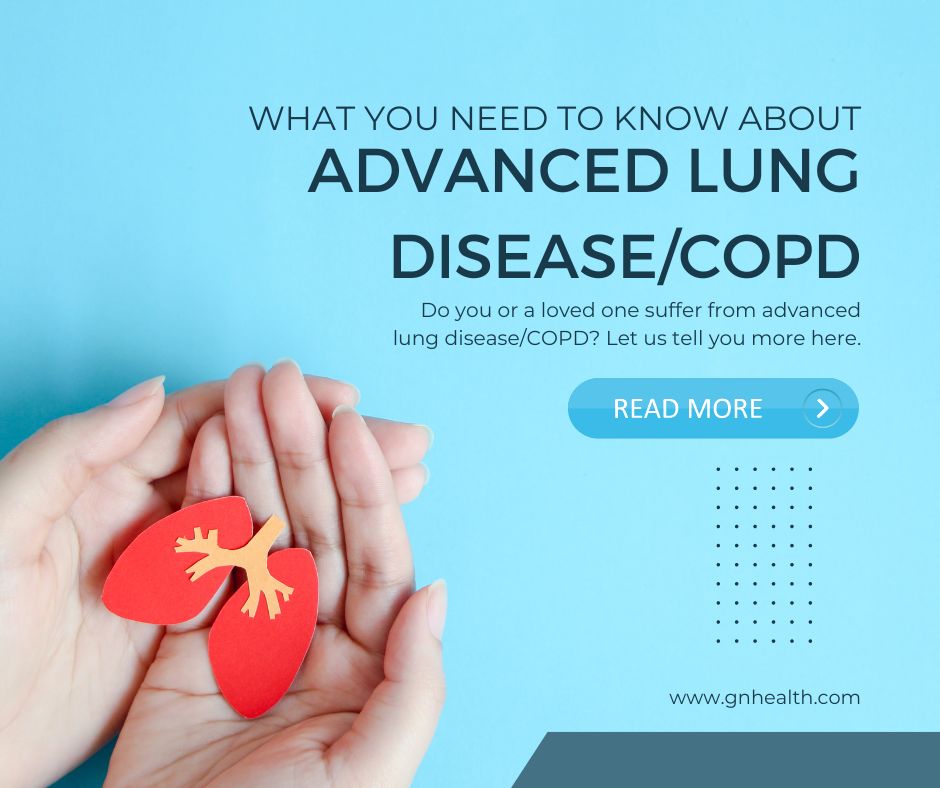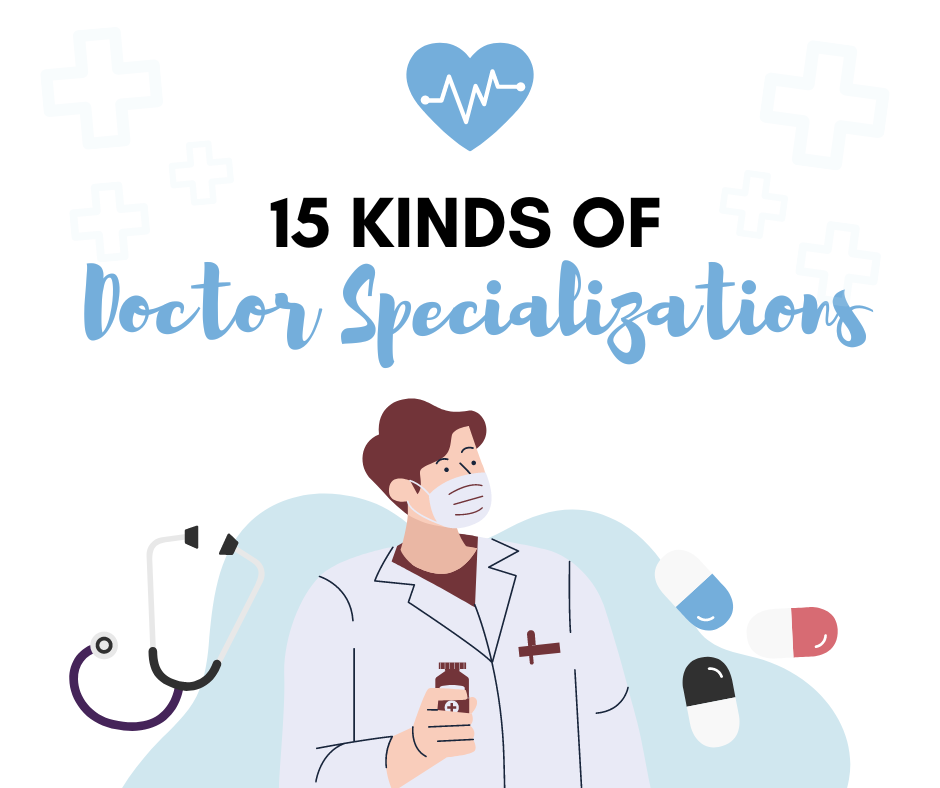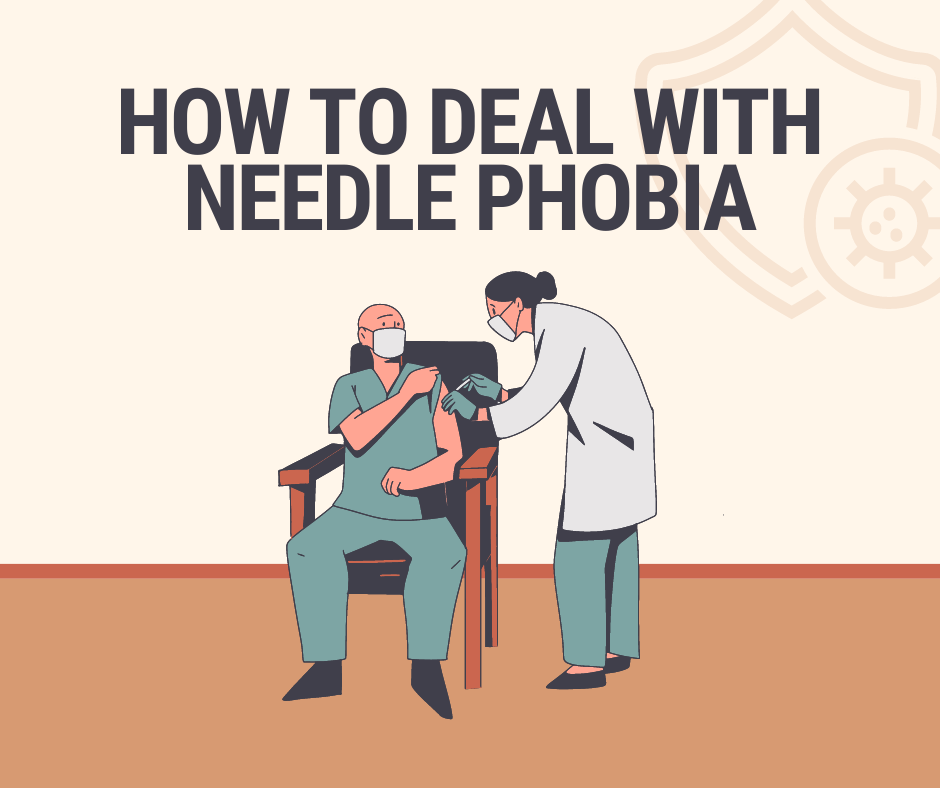The medical professionals providing hospice care in Burbank, Glendale, and Pasadena inform us that chronic obstructive pulmonary disease (COPD) is a lung disease that restricts airflow and makes it difficult to breathe. The two most prevalent types of COPD are bronchitis and emphysema. Sadly, the effects of COPD are irreversible. If the harshness of lung disease advances to a stage at which treatment is no longer efficient and the patient’s life expectancy is consequently limited, then hospice is an alternative to relieve the symptoms and help the patient keep an optimal quality of life.

What Happens During The End Stages Of Lung Disease/COPD?
When a person goes through the end stages of chronic lung disease, they usually have symptoms such as shortness of breath, coughing, and difficulty swallowing. This can endanger the quality of life for the patient as the condition aggravates the patient’s overall health. Nonetheless, the symptoms can be managed and reduced through a strategic care plan.
How Hospice Care Supports Patients With Lung Disease/COPD
Most primary physicians recommend hospice care for patients with advanced-stage lung disease to lessen the symptoms, make sure the patient can function adequately on a day-to-day basis, and lengthen the patient’s life expectancy. Every hospice care plan for lung disease is personalized based on the patient’s particular requirements.
Still, universal care treatments and techniques used in hospice care for patients with advanced lung disease consist of oxygen therapy, breathing techniques, and sleep aids. Also, hospice care can help with medication management, enhance energy levels, and can give assistance to family members and other caregivers.
Oxygen Therapy
Oxygen therapy is typically used for patients with lung disease/COPD. Oxygen therapy, also known as supplemental oxygen, is a treatment that dispenses extra oxygen to the lungs. This is particularly recommended for patients who experience habitual moments of dyspnea (labored breathing).
The most common type of oxygen therapy administered to patients is through an oxygen mask the patient wears when they experience labored breathing. The caregivers at hospices are aware of how to administer oxygen responsibly to improve the patient’s breathing and lower the severity of their symptoms.
Breathing Techniques
Plus, breathing techniques can help improve temporary and permanent breathing for hospice patients. Hospice caregivers usually work with advanced lung disease patients to teach them daily breathing exercises as well as techniques they can use to help their breathing when there are experiencing breathing difficulties. Also, the hospice care team can talk about approaches to deal with and help with any labored breathing that worsens because of anxiety or panic.
Medication Management
Many patients who have advanced lung disease are on medications that their primary doctor prescribes. Hospice caregivers can help patients with progressive lung disease by staying consistent with their medication schedule. Furthermore, they can monitor the efficacy of medications and work with the patient’s doctor to make sure they have the best possible medication plan to relieve symptoms and enhance the patient’s quality of life.
Better Sleep
Breathing difficulties can worsen depending on the way the patient prefers to sleep that is why hospice caregivers should teach them the best sleep positions for a good night of rest each night. This can lower the severity of symptoms at night and during the day.
Boosted Energy Level
Obviously, a better night of rest results in an increased level of energy during the day. Additionally, hospice care teams can help with activities of daily living (known as “ADLs”) such as cooking and cleaning to lower the level of physical exertion the patient is asked to complete each day. This can result in increased energy and help with the alleviation of symptoms.
Respite For Caregivers
Typically, an aspect of advanced-stage lung disease that is disregarded is the effect it has on caregivers.
Caregivers, particularly close family members, take on an exhaustive strain when someone they love develops severe COPD. It is normal for caregivers to feel overwhelmed, and hospice care provides a way for them to get the rest they require in order to spend more meaningful time with their loved ones instead of serving as their primary caregivers.
Better Quality Of Life Overall
The utmost advantage or goal of hospice care, particularly for those with advanced lung disease, is an enhanced quality of life. Instead of feeling overwhelmed and dominated by their symptoms, they can reduce the symptoms and live life as they want with optimal energy levels and enhanced mental and physical health.
Hospice Care From Faith And Hope Can Help Enhance Overall Health
Contact Faith & Hope Hospice and Palliative Care for more details about hospice care for advanced lung disease/COPD patients or if you have a referral from your primary physician for hospice care for you or your loved one. Our Burbank, Glendale, and Pasadena hospice team truly wants to help improve the quality of life of individuals with advanced lung disease.



